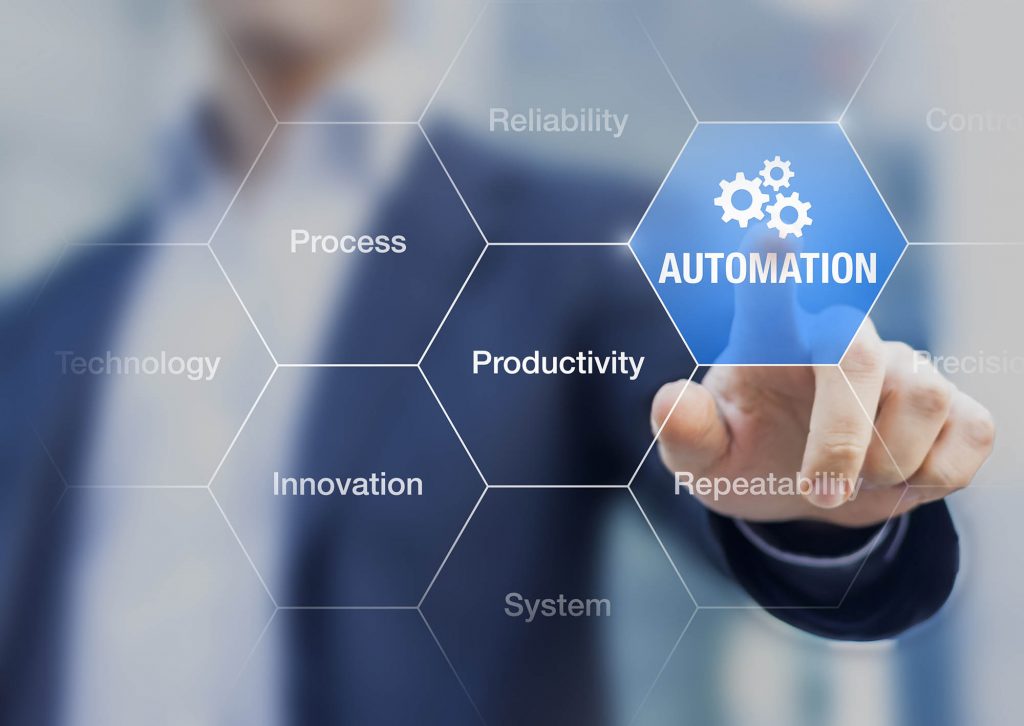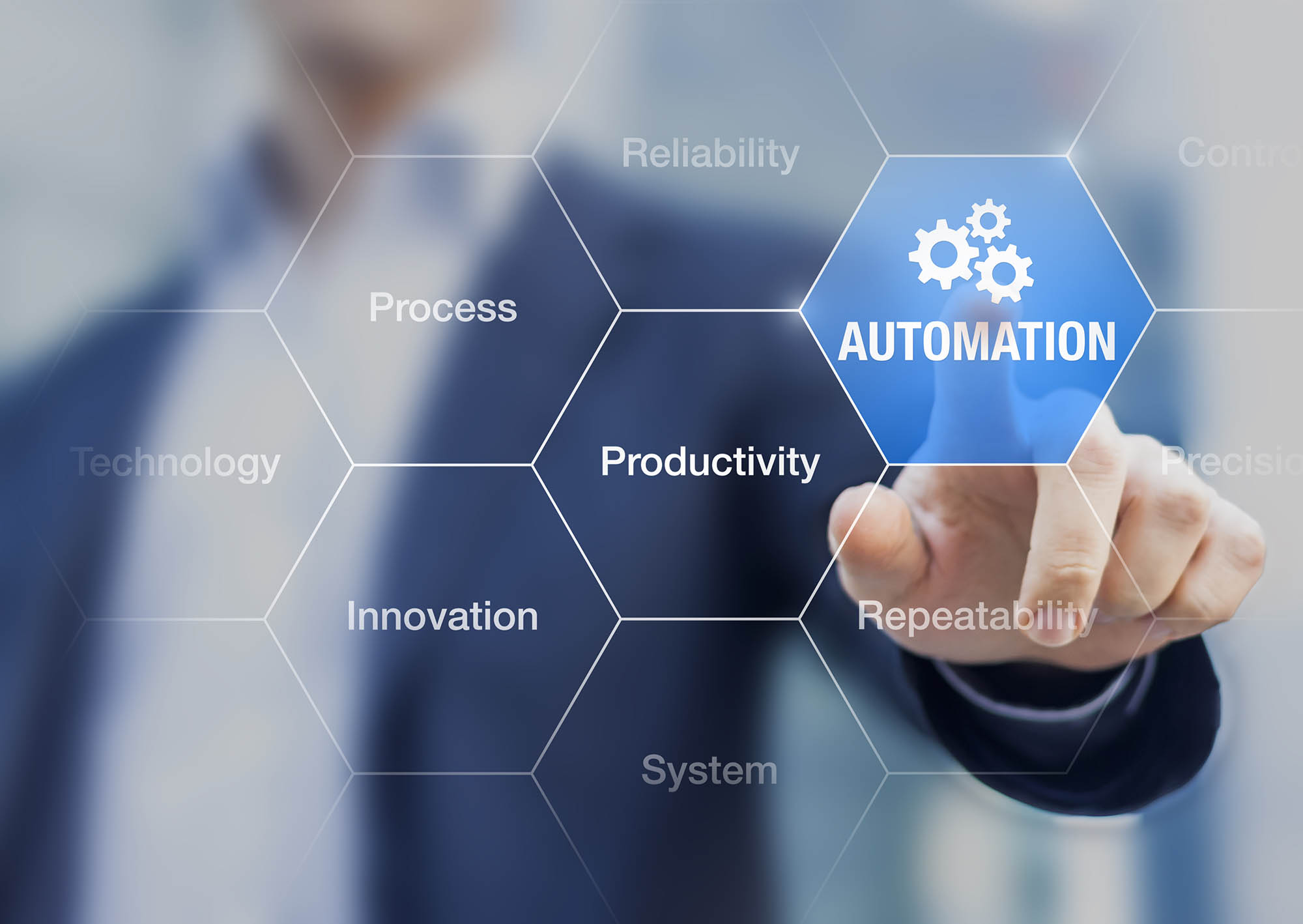Guidance Automation has been providing advanced solutions to the global guided robotic vehicle market for more than 25 years. They have continued to expand their product range to make it easier for the customers to automate any electric robotic vehicle that they wish to manufacture.
Through their parent company, Matthews Automation, Guidance Automation can also provide full solutions to 3PLs and manufacturing facilities with software and expertise in this industry, now combined with robotic vehicles and warehouse control systems.
Their future lies in driving forward a range of innovations into game-changing products that deliver effective and efficient autonomous moving system solutions.
Easy Engineering: What are the main areas of activity of the company?
GUIDANCE AUTOMATION: Guidance Automation works to be a consultancy to vehicle makers by helping our clients convert existing vehicles to autonomous versions. Our team has the knowledge and experience to assist businesses in making their resources driverless. We do this work for our client and then return the vehicle so that the company can make as many of them as they need for their own sales and growth.
Working with Matthews Automation, it provides us with insight into the end-user world, so we know what both the vehicle manufacturer needs, as well as what the warehouse owner and/or operator needs. It’s important to be able to see both parts to be the best partner to work with.
E.E: What’s the news for 2020 about new products?
GUIDANCE AUTOMATION: The expansion of driverless cars and the need for automation has seen a boom. Similarly, the need for automation has accelerated throughout 2020, with businesses and consumers demanding new products to meet expectations.
From robotic x-ray machines in hospitals, cleaning machines, tuggers, pallet trucks, parking lot automation, baggage handlers in airports, we have been involved in all of it. The rapid expansion of autonomous movement is still going on and will for some time yet.
An example of a new product includes the use of cameras as ‘vision’ tools, which will make the picking and dropping process in warehouses much easier, such as identifying the pallet pockets when trying to collect goods. The same technology can also read barcodes on packaging and potentially stock take on the way up and down the aisles, thus increasing efficiency.
E.E: What are the ranges of traded products?
GUIDANCE AUTOMATION: Our products are mainly software which integrates with other people’s hardware technology to make solutions for our clients. This software usually runs on industrial PC’s on a vehicle to help navigate it, control it and schedule its movement. The important part of the process is the scheduling and management of a fleet of vehicles. When do they need to charge? When is it quicker to go along aisle 1 than aisle 2? How long did that job take? Which vehicle should I give the job to? The software then learns the best way to do it next time. Everything that we learn from our customers as their best practice, we can then put into our own vehicles for the AMR solutions that we also provide.

E.E: At what stage is the market where you are currently active?
GUIDANCE AUTOMATION: Our plan is to expand our operations for outdoor applications in airports, docks and ‘between warehouse’ vehicles. Part of the problem with entering any new segments is finding the right partner. Once we move away from the markets and segments that we know well, which is around guided robotic vehicles, we need partners that can help us with the new environment.
E.E: What can you tell us about market trends?
GUIDANCE AUTOMATION: There has definitely been a realisation that we need to become more self-sufficient in the UK. Over the pandemic, we have seen an accelerated interest in automation. Working environments will no longer have to worry about any social distancing issues, as automation can help to keep workers apart. Uncertainty remains, which will continue to hold things back, but once these hurdles are overcome, automation can become one of the benefactors of COVID-19.
Extra technology and services will grow rapidly in the next few years, but there is still a recovery period to complete for most companies, which prevents them from committing to too much at this stage. The economy is still volatile in many countries. Robots won’t cost jobs, they just create opportunities for different skills. These expanding fleets and opportunities need a whole load of support teams to maintain and improve the efficiency of the system.
An example of technology trends includes the use of light-directed systems, which are a great semi-automated solution that generates rapid gains in pick rate productivity, accuracy, labour costs and throughput. Pick-to-Light (PTL) walls are seeing increased adoption as they are ideal for quickly sorting totes of mixed SKU merchandise, usually batch picked upstream, into individual eCommerce customer orders.
E.E: What are the most innovative products marketed?
GUIDANCE AUTOMATION: Technology is developing and improving all the time, including battery technology, the move to electric and the energy generation needed, and this will expand which applications can be automated in what order. There are plenty of applications that could be made more efficient through automation, and whilst the R&D teams are looking at the next generation of solutions with technology, we are still only in the very early days of automation
Intelligent Automation is moving more into the Artificial Intelligence world where automation can start to look for its own solutions, further along the RPA line. The automation process is starting to think and find solutions, rather than following a process of rules. This adds the ability to consider far more information and experience into the process, making it less black and white.
However, AI and Machine Learning are still in their early stages. There remains concerns about AI and the algorithms that are behind them, and any potential bias they might have from their human coder. Eventually, as more dexterous robots come along and combine with AI/ML, these machines will begin to copy the workforce with the possibility to perform some tasks better than humans.

E.E: What estimations do you have for 2020?
GUIDANCE AUTOMATION: In order for businesses to manage peak periods or unexpected crises, such as the current Coronavirus pandemic, organisations should look to automation to support their businesses during tough times. Even SMEs can benefit from part-automation to not just unlock efficiencies and accuracy within their business strategy, but also a safety net in the event of unexpected demand or staff shortages.
As picking technology advances and vision processing speed improves, humans will move to the outside edges of the warehouse. Machines will be able to replicate humans, and in turn, people will become maintenance teams and problem solvers. Humans will instead be handling very specialist niche products, as the majority will be autonomously picked.
Software is at the forefront of development in most automation companies and ours is no exception. Laser scanning technology is still important in the current product range, however, going forward, there is no reason why navigation and local control of autonomous vehicles shouldn’t come from the developments in 3D camera technology. But this requires further work in software and artificial intelligence.
The majority of our efforts to date have been looking at indoor electric vehicles and turning them into autonomous versions of themselves. There has long been a desire within the warehouse industry to have a driverless vehicle which could work both inside and outside. We see this as the start of technology that could be used at docksides during container loading and unloading, to move the containers around, and similarly to move cargo to and from an aircraft stand to and from the warehouse.

